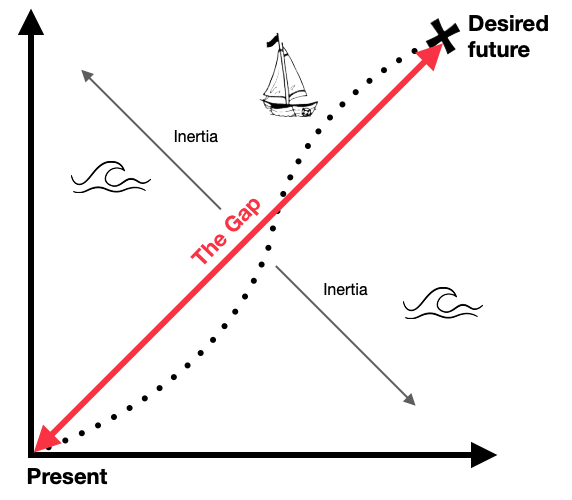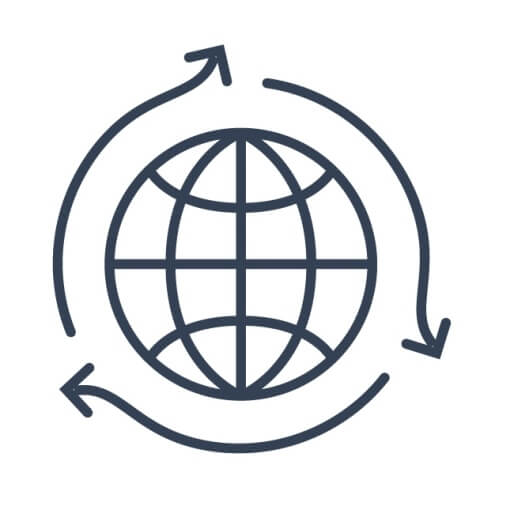“A smooth sea never made a skilled sailor.”
Franklin D. Roosevelt
Closing the gap
Strategy is like a roadmap between your current state and where you want to be. A savvy strategy guides your decisions and enables you to deal with uncertainty.

Most events must elevate participants and the organization from point A to point B. This means closing a gap.
The gap means different things for different cases, for example, selling more, implementing strategy better, responding to a competitive threat, and changing the culture.
We have identified the most common gaps, and we will share in continuation. One crucial question here is
What will happen if we don’t close the gap?
There are always forces of inertia that make people choose the status quo over the change. But what will happen if the initiative fails to achieve the expected objective?

Not all gaps are created equal.
Some gaps are more straightforward to close than others. For example, sharing information (closing the gap from now knowing to know) is way easier than completing a more significant gap, for example, making people apply what they learned.
Different gaps require different strategies and tools, like in maritime navigation. You could take a dinghy for shorter distances but need a decent sailboat for a trip beyond the Atlantic.
Ten types of gaps
Here is a list of the ten most common gaps for an event. Select those that apply to your case. Note that you must prioritize or organize various events if you select three or more.
Capability gap
One team, one company.

Communication gap
Increase understanding and feedback.

Performance gap
Predictable quality.

Opportunity gap
Sense innovation opportunities.

Culture gap
“Our way” of doing things.

Alignment gap
One team, one company.

Technology gap
Competitiveness through digital transformation.

Leadership gap
Have the leaders can navigate change successfully.

Customer experience gap
Improve service and customer experience.

Strategy execution gap
Alignment with mission and goals.





